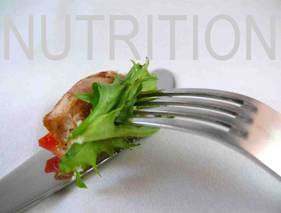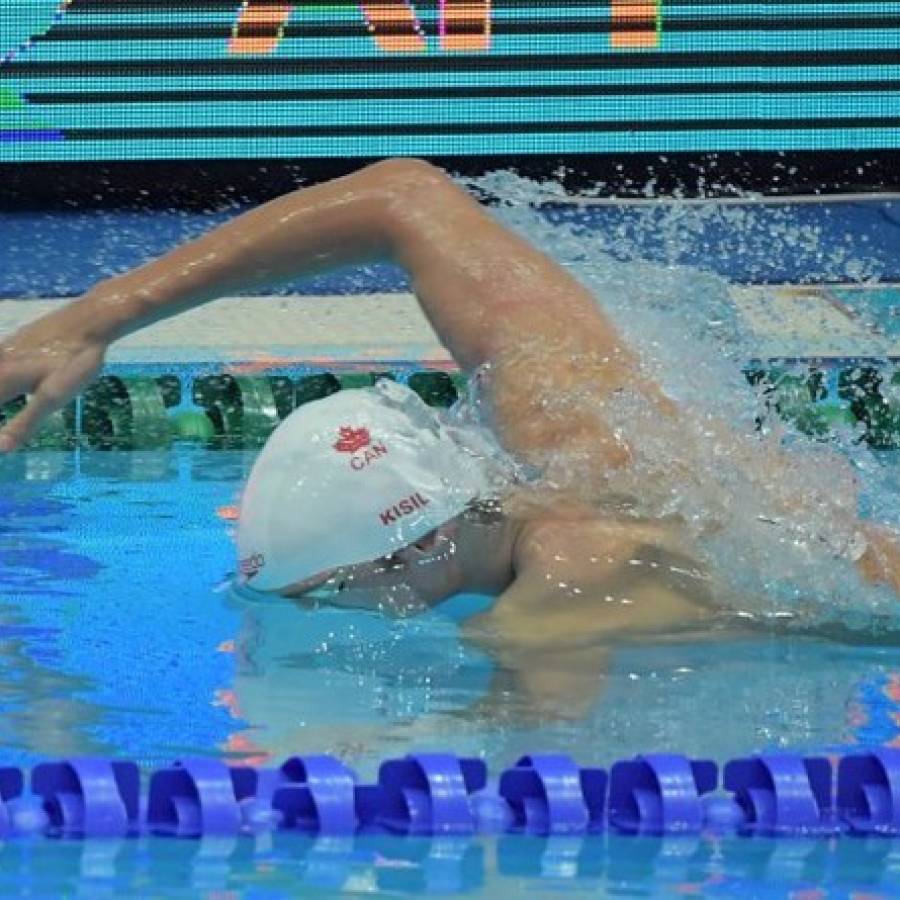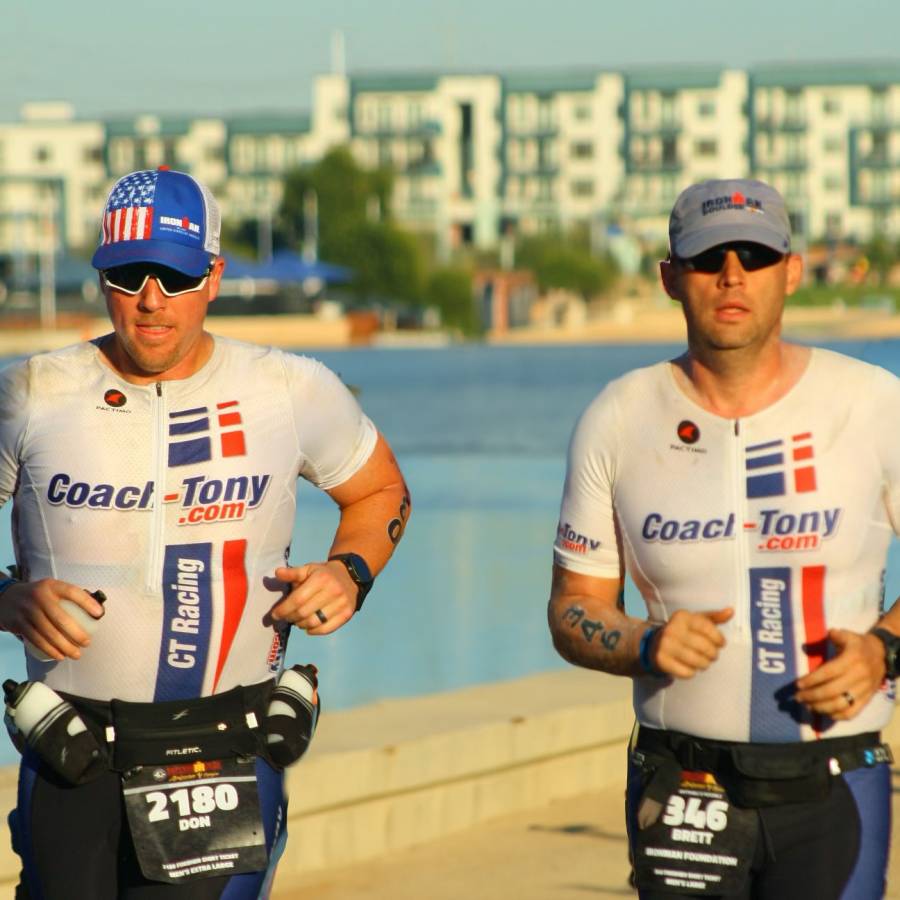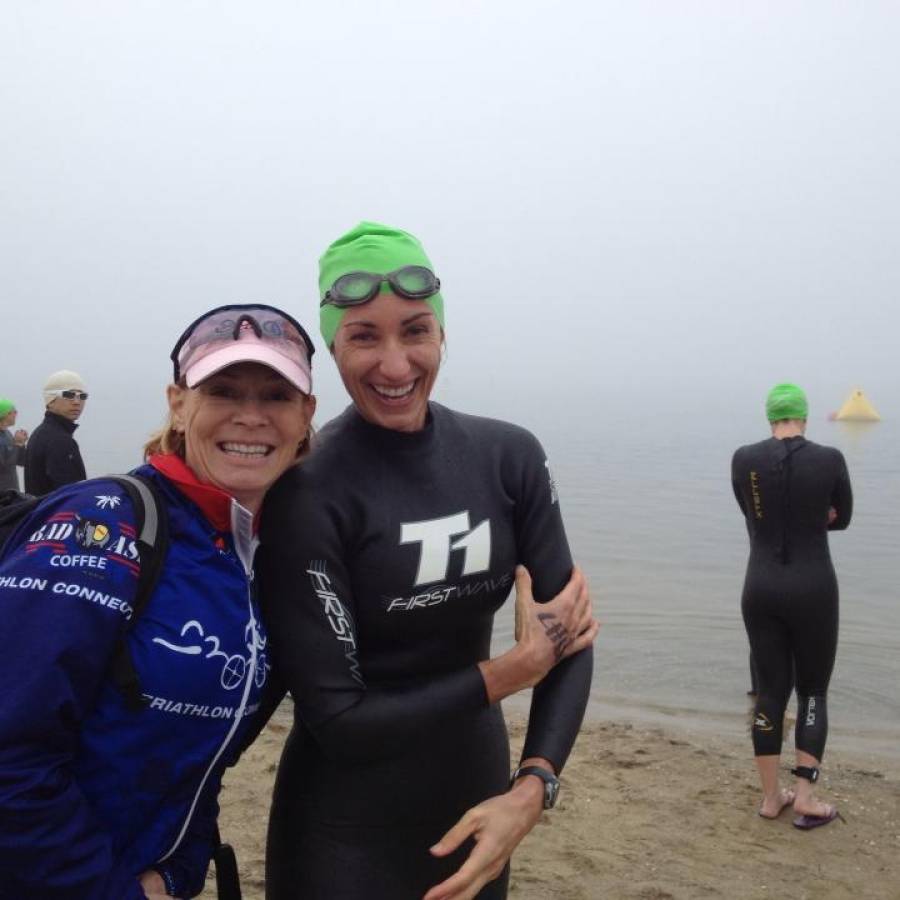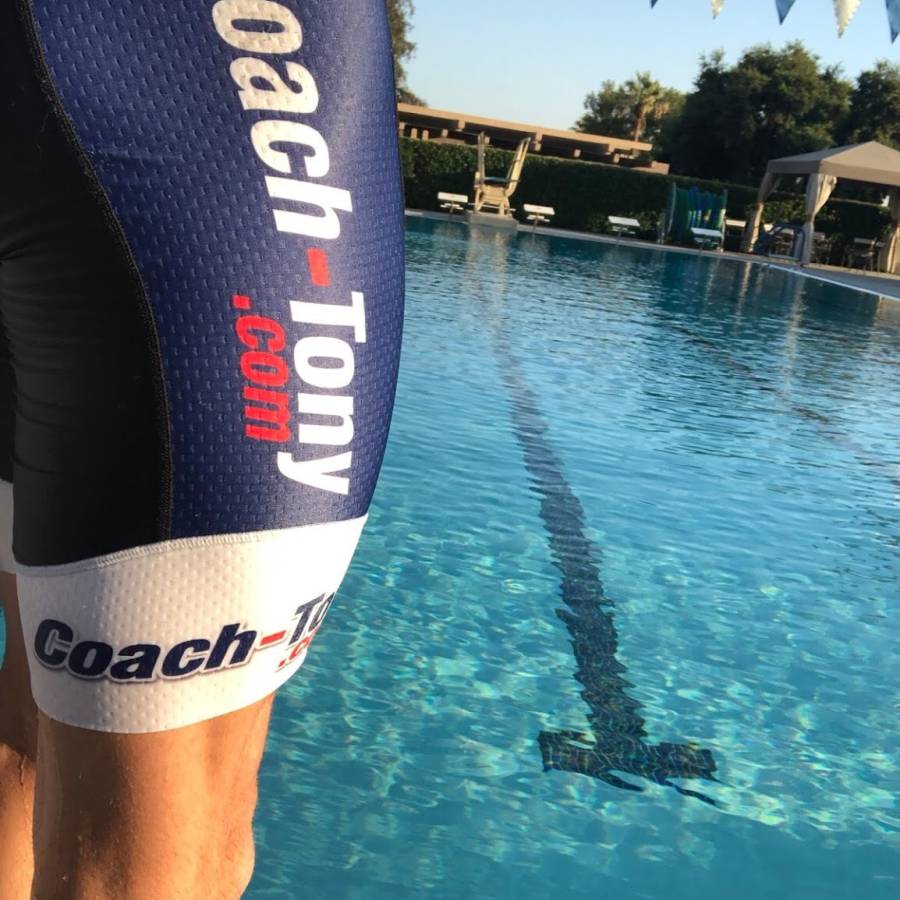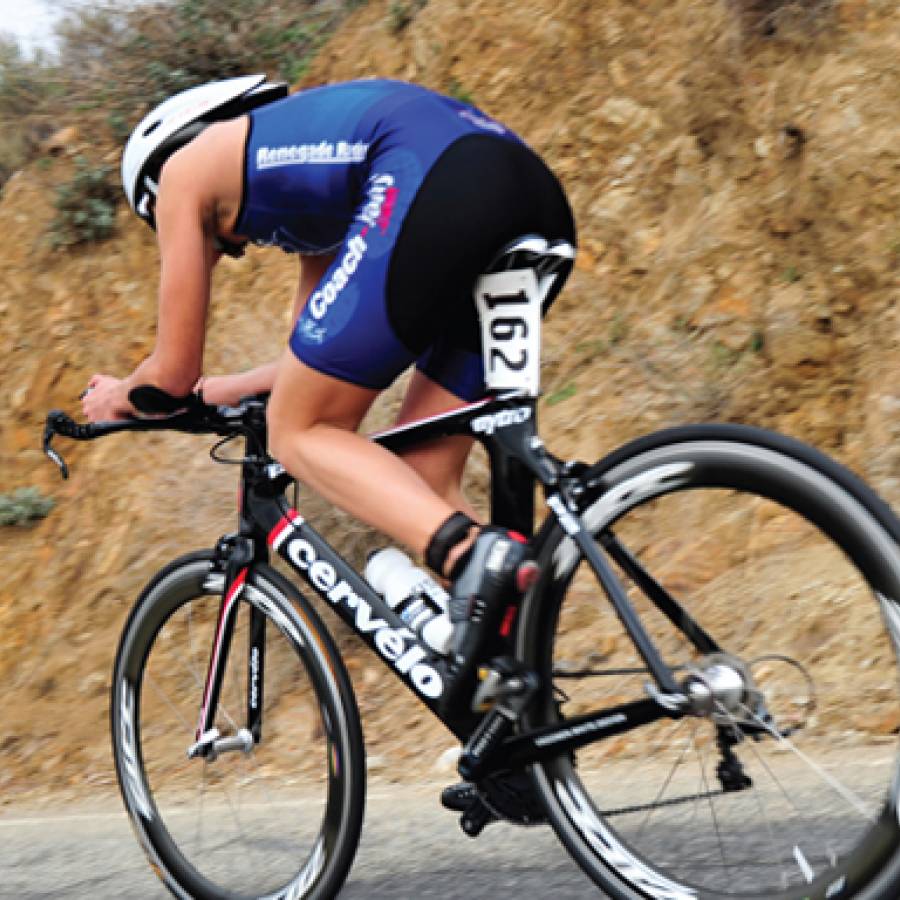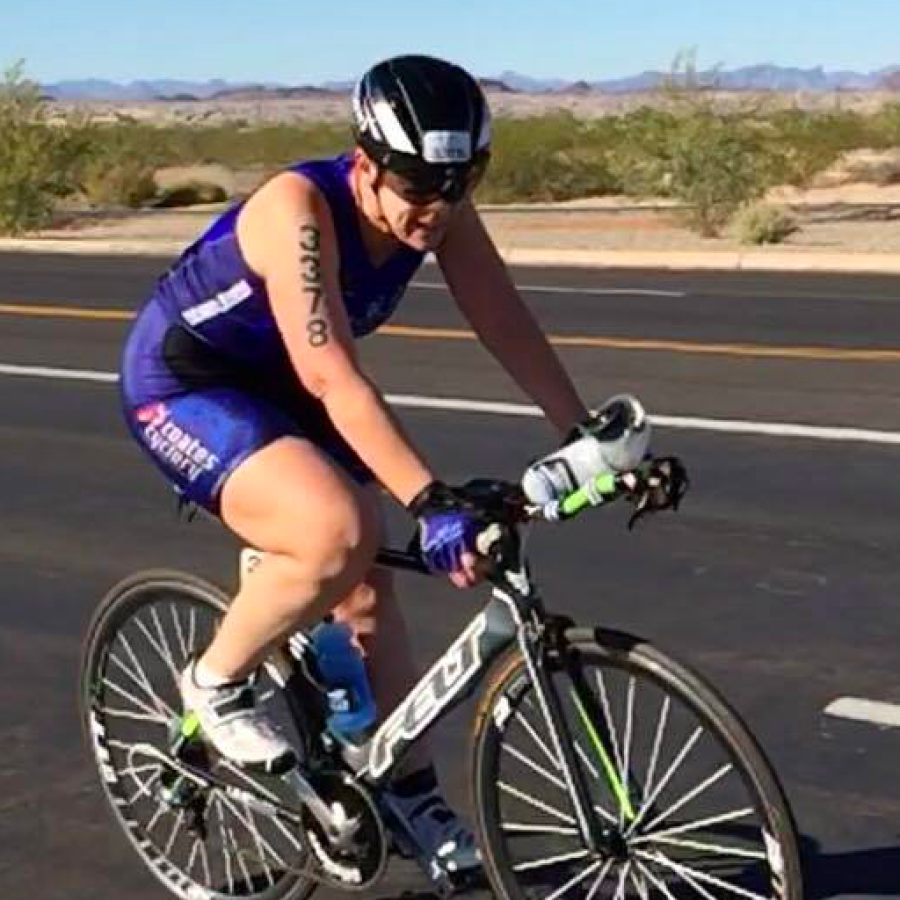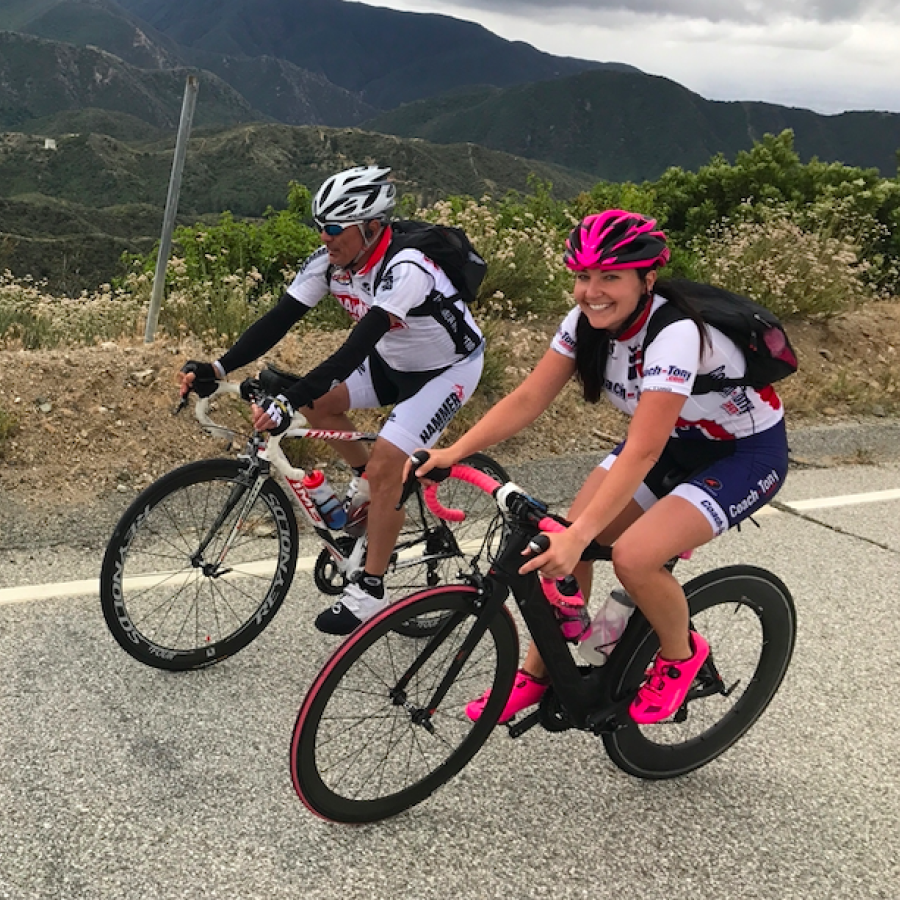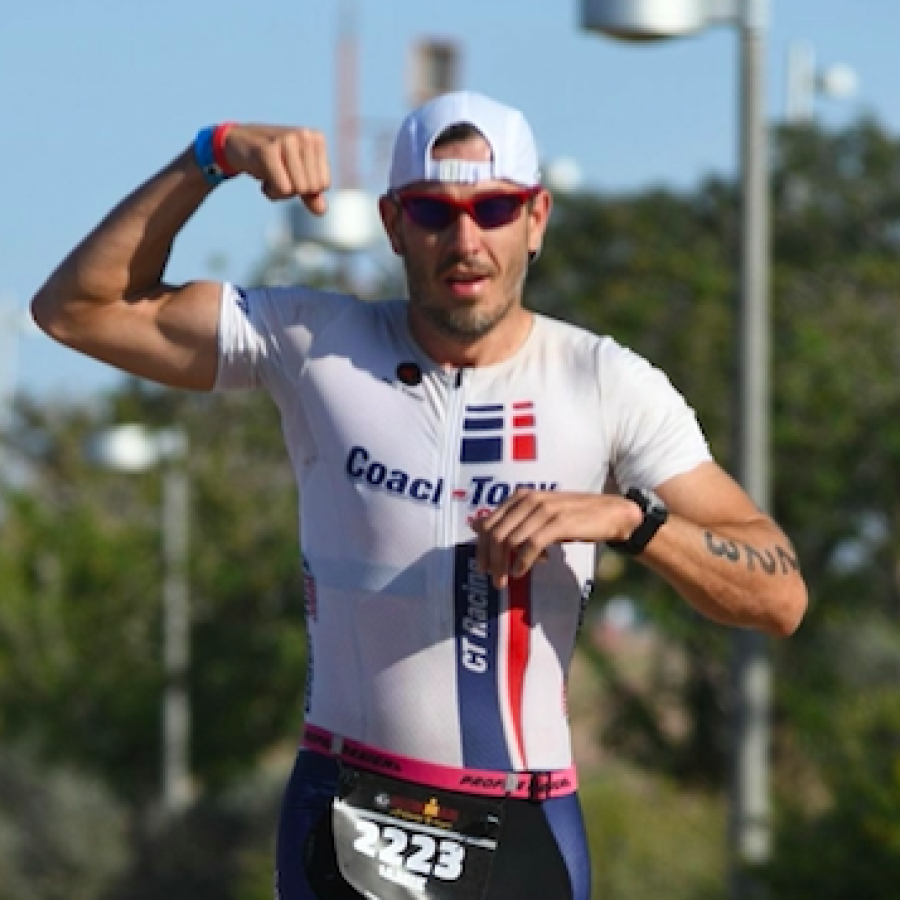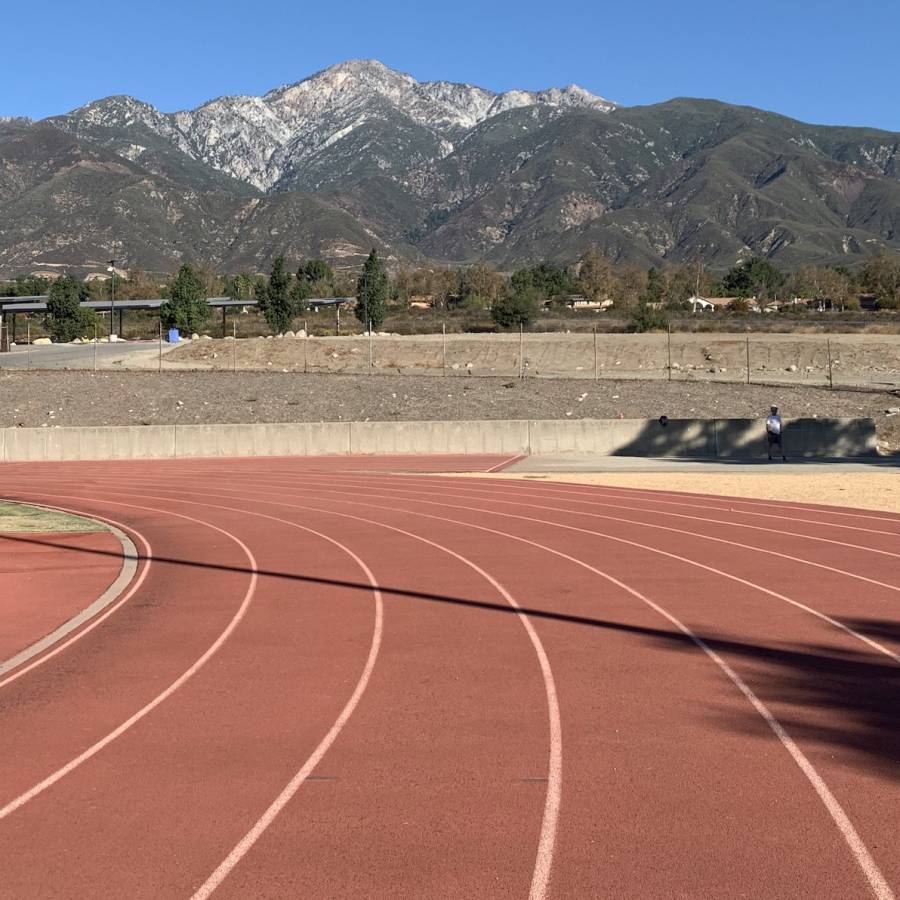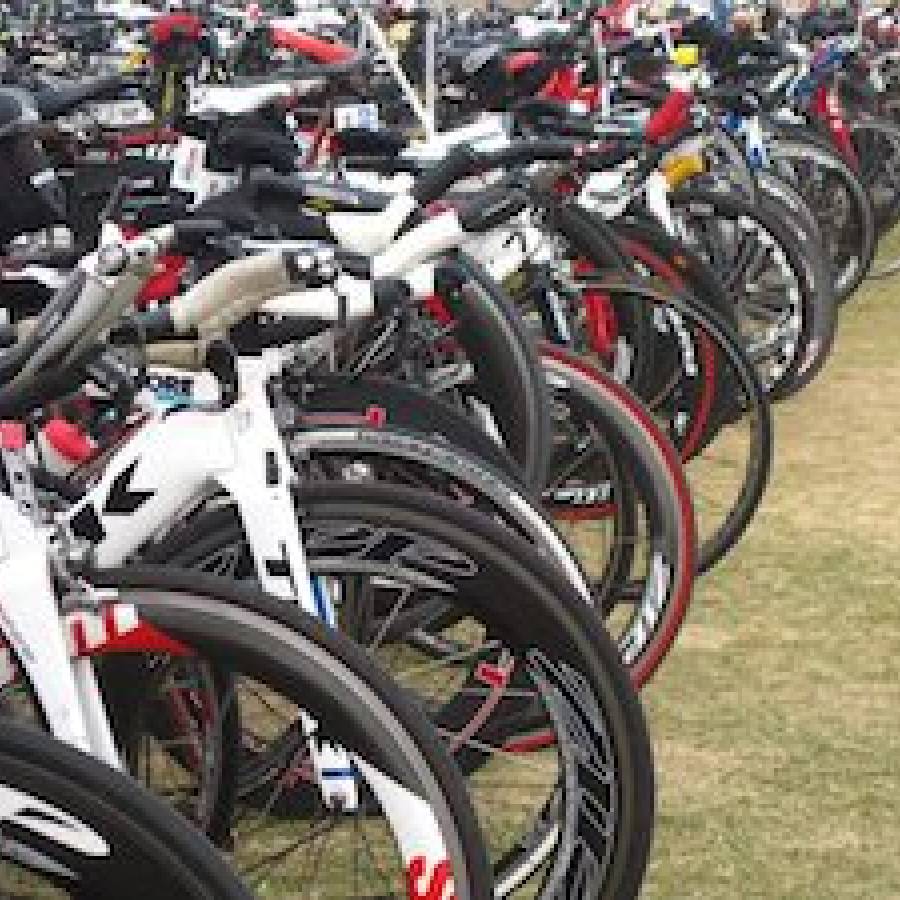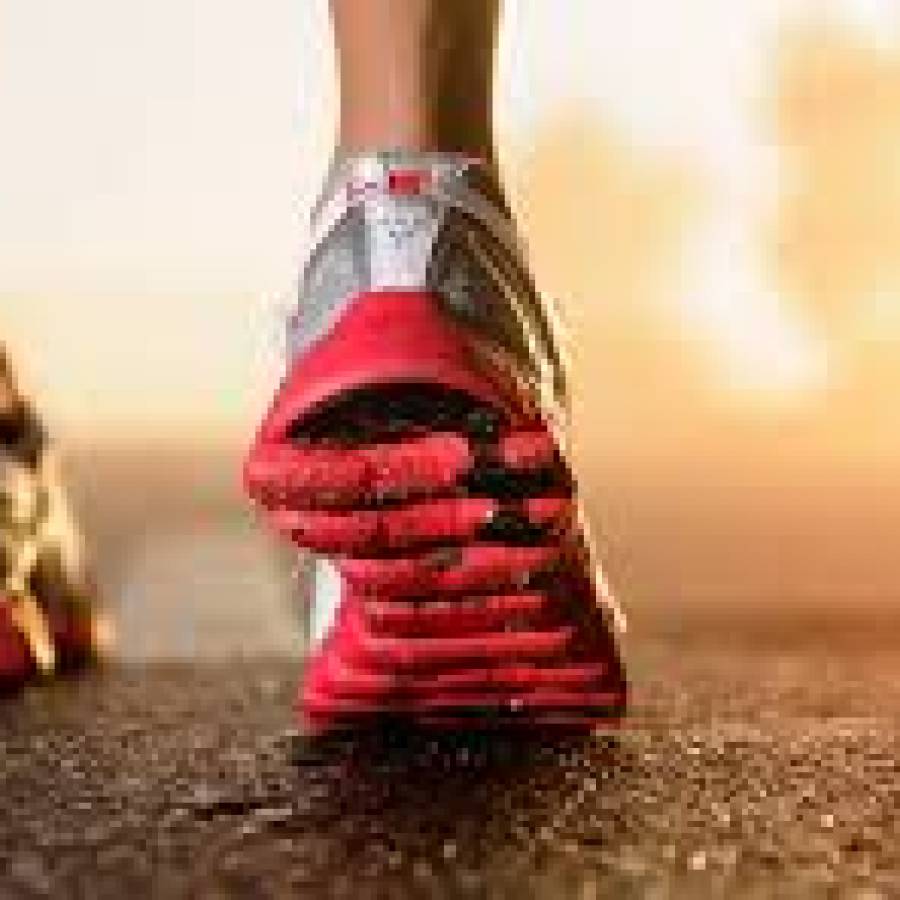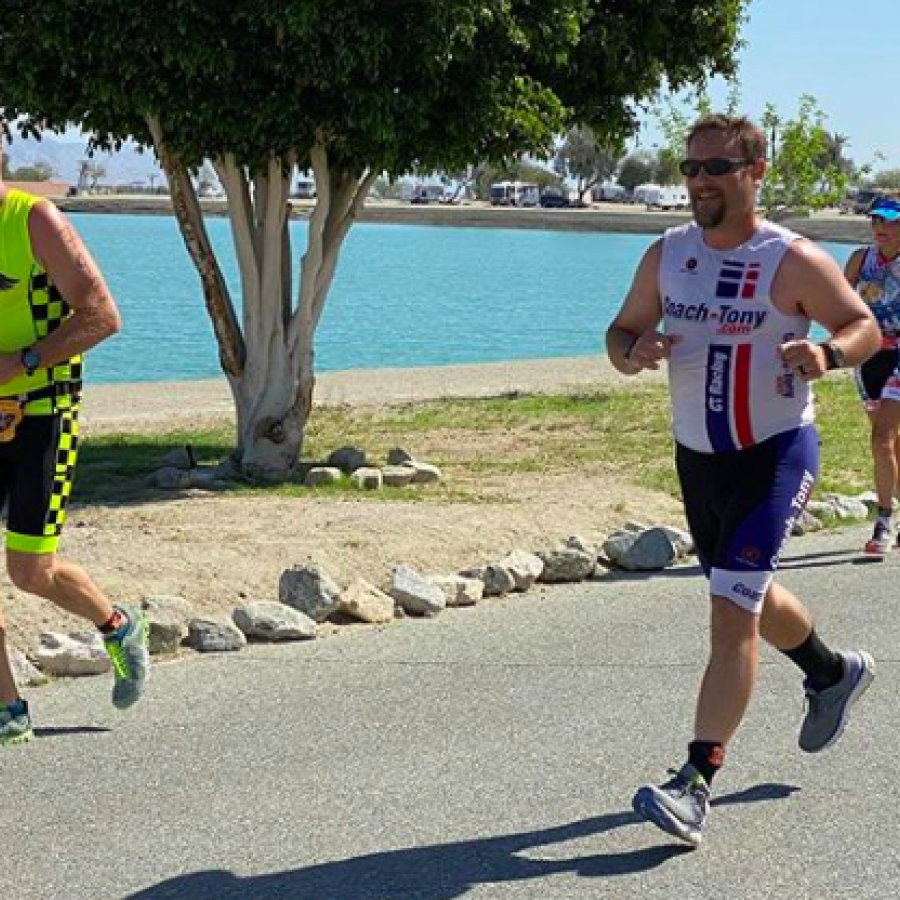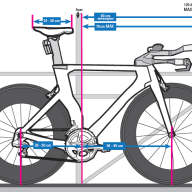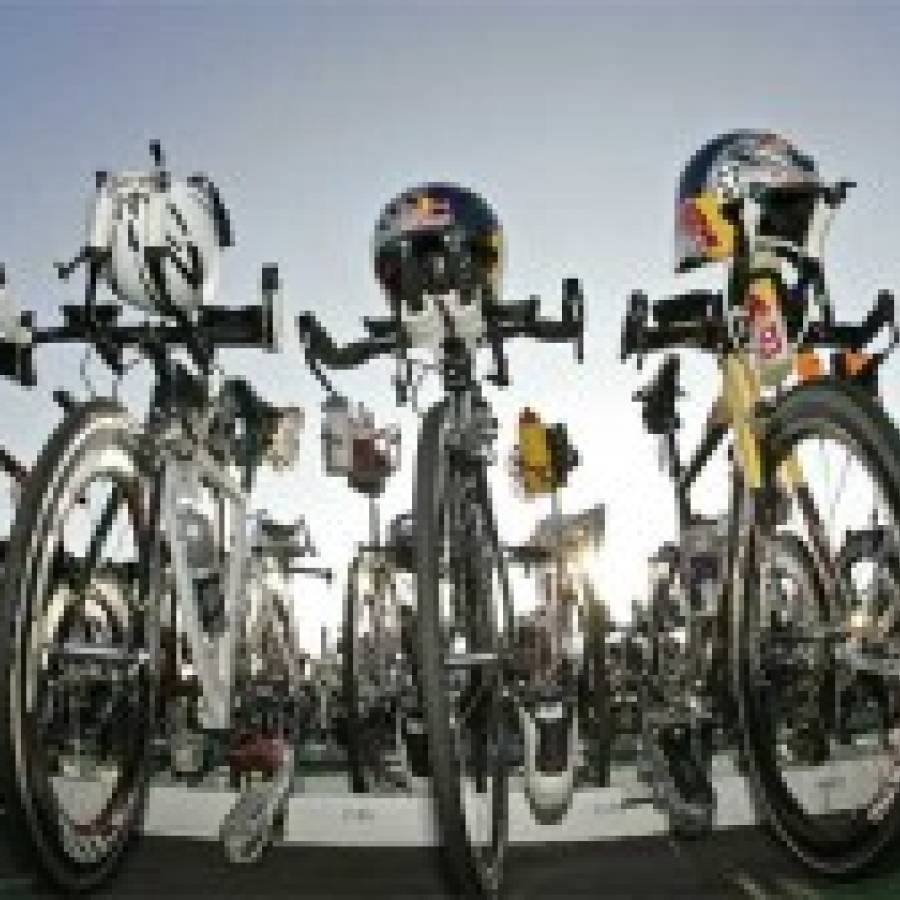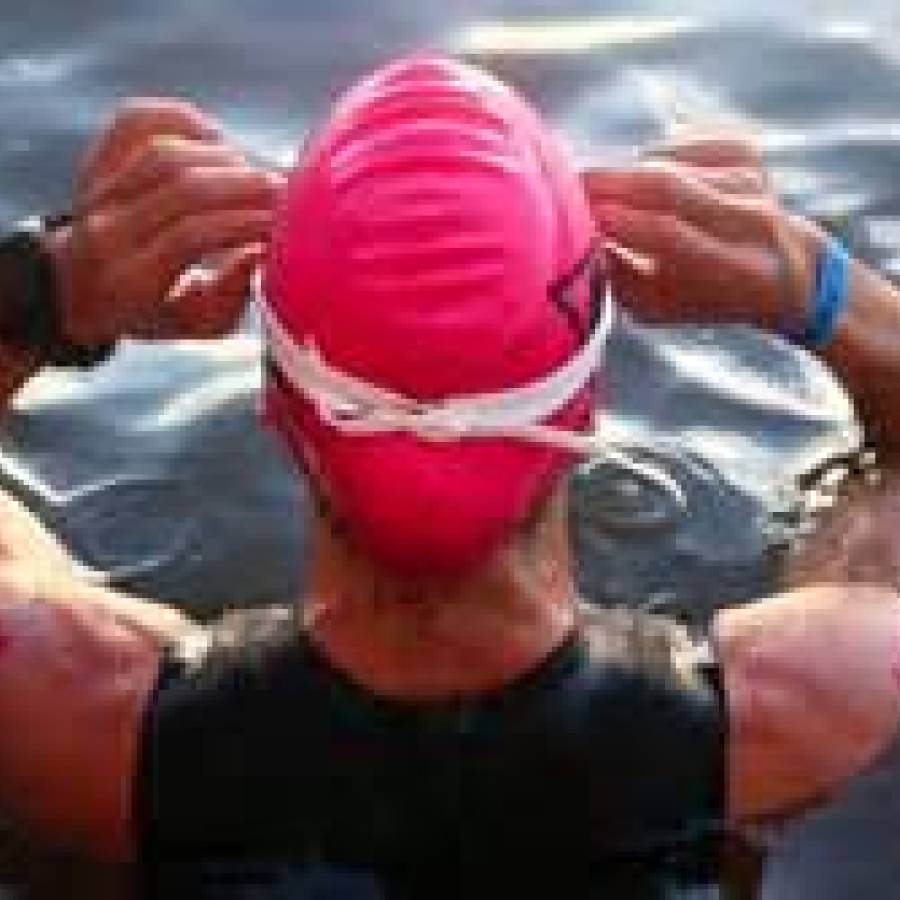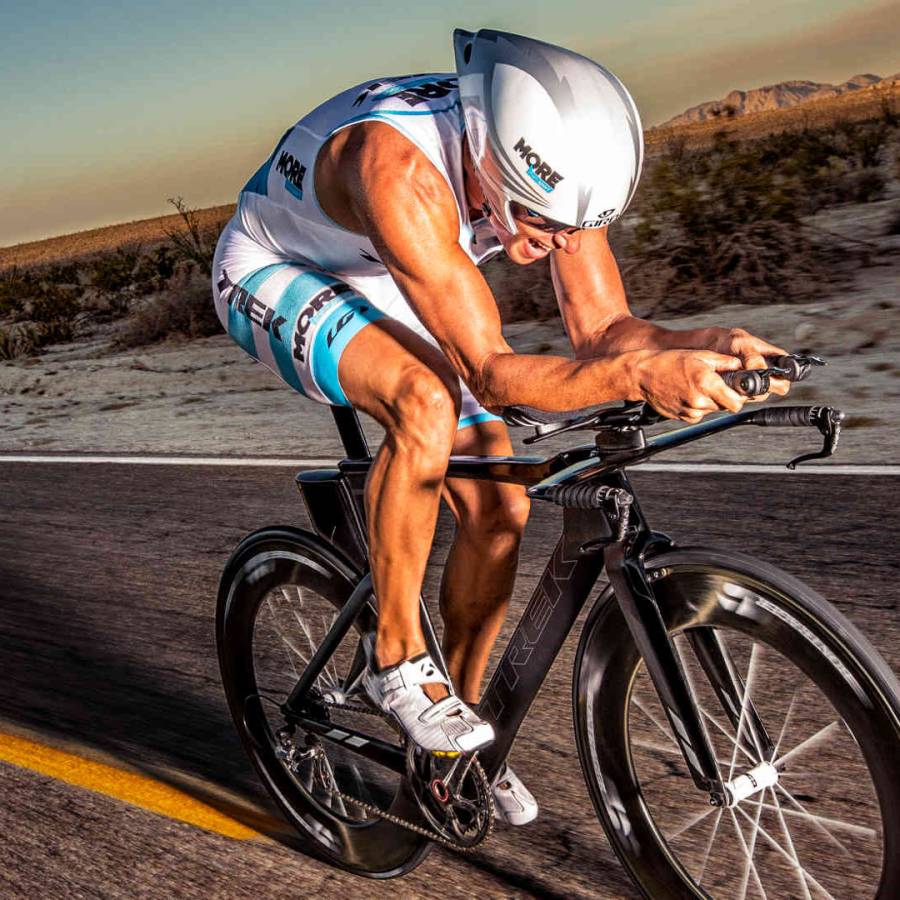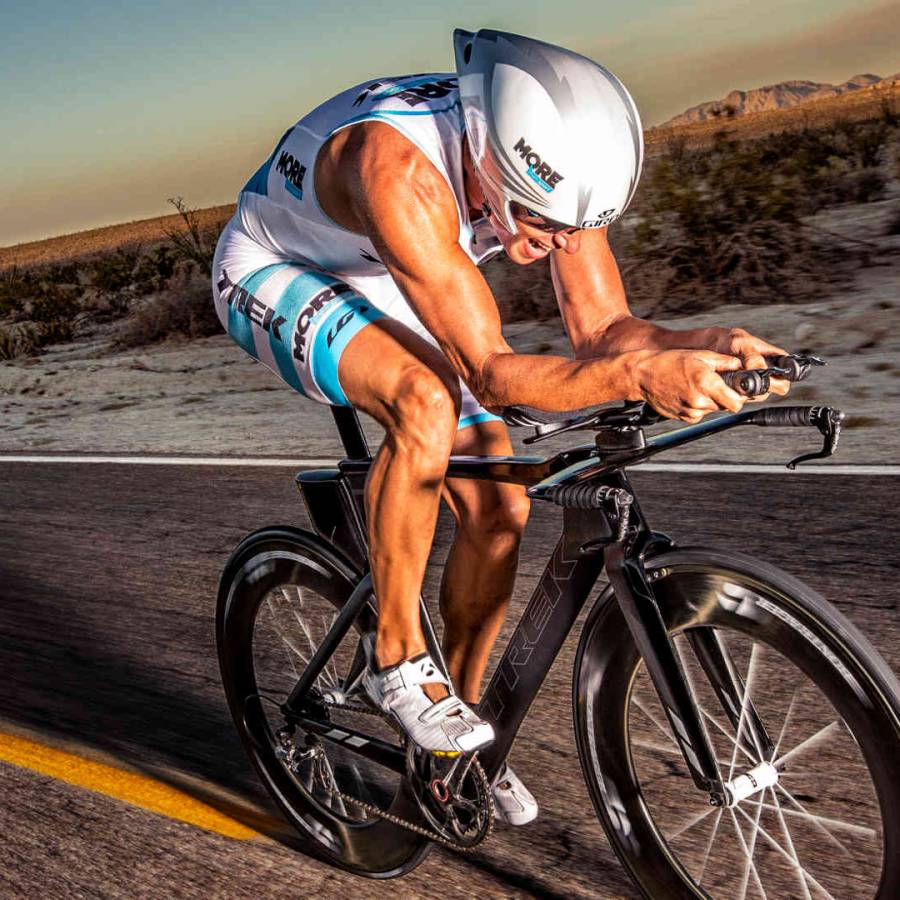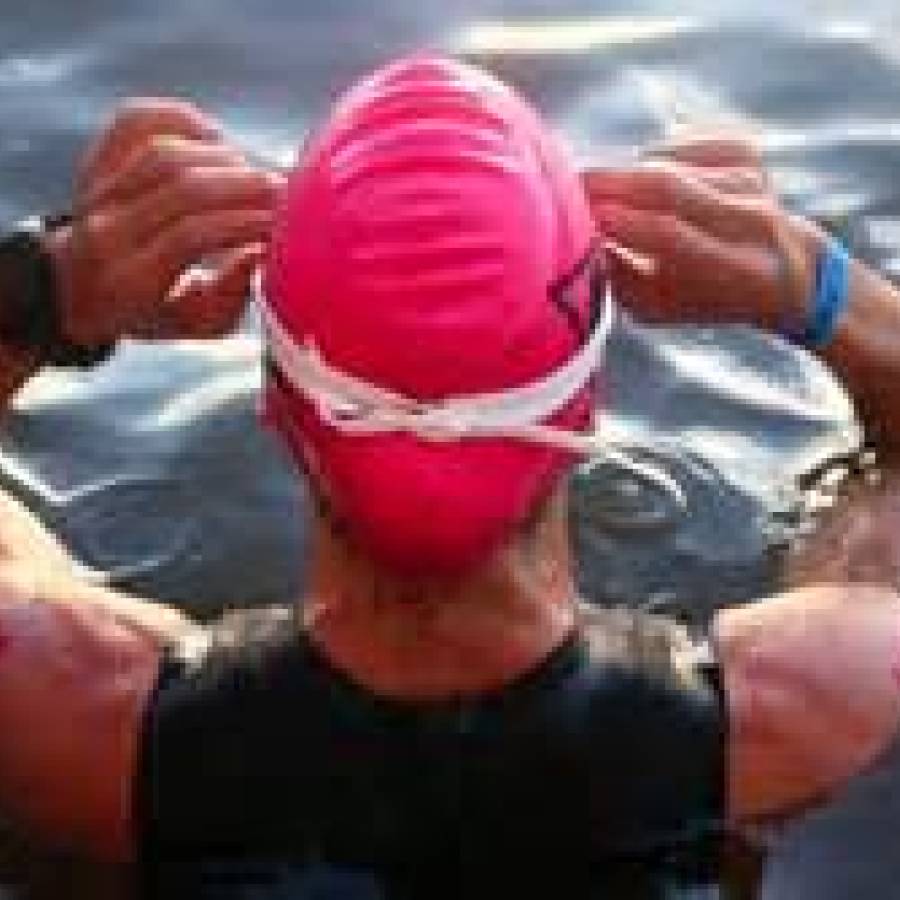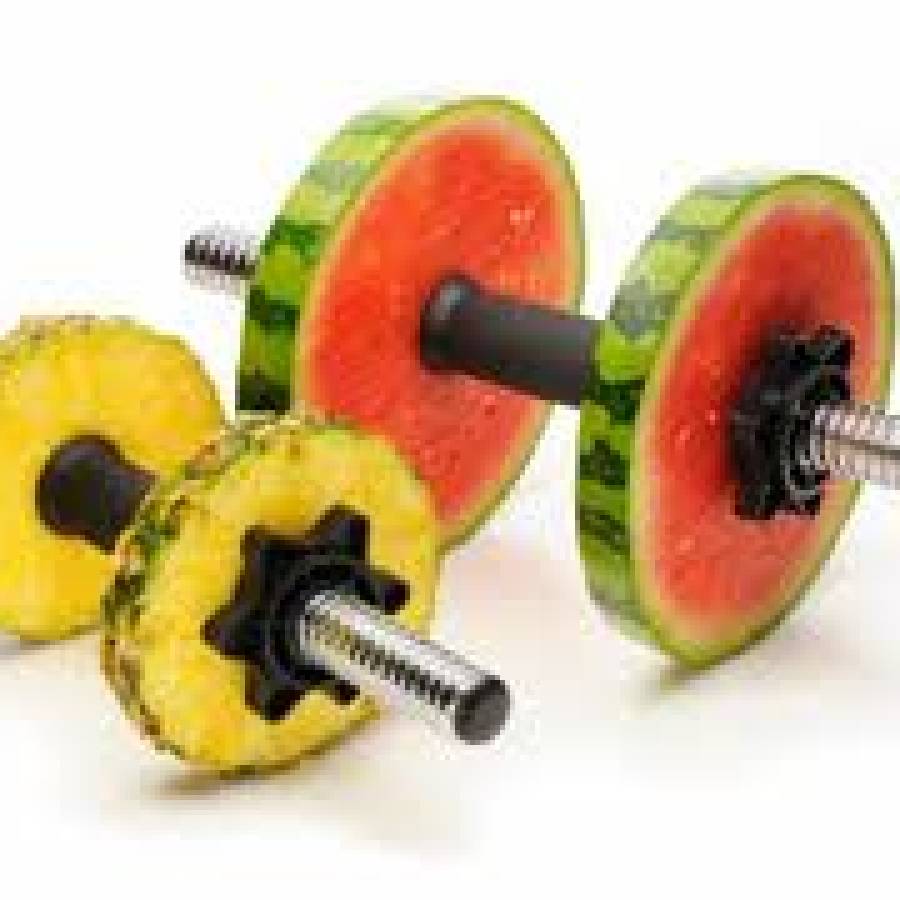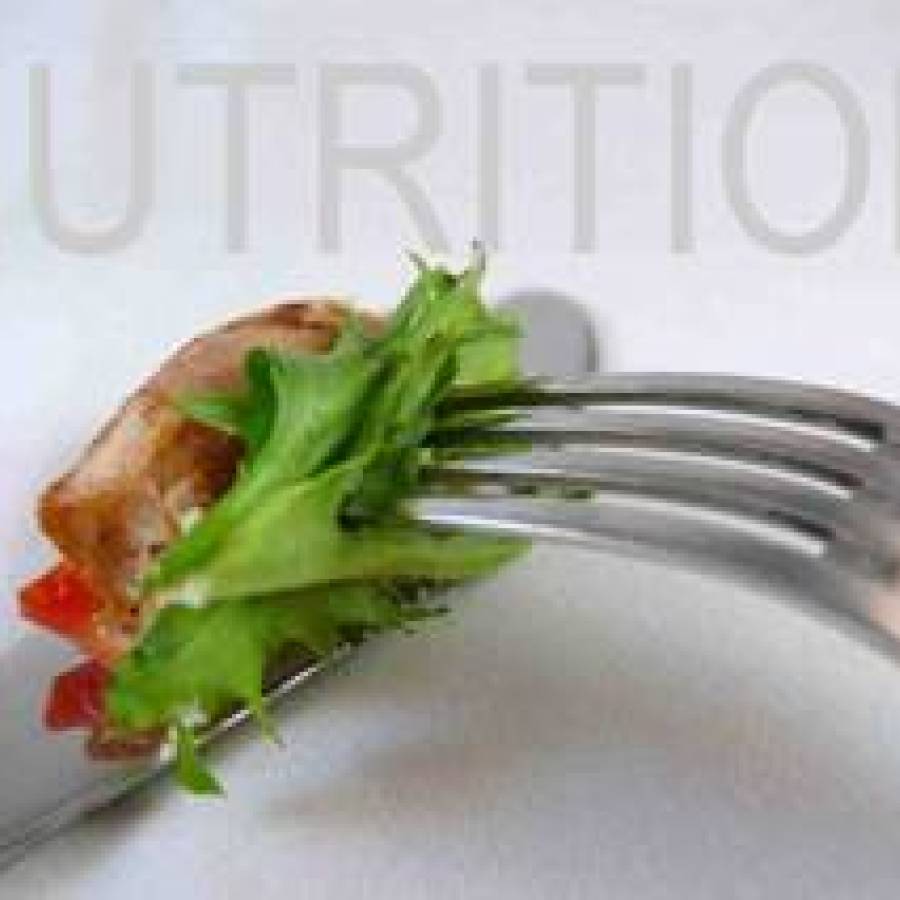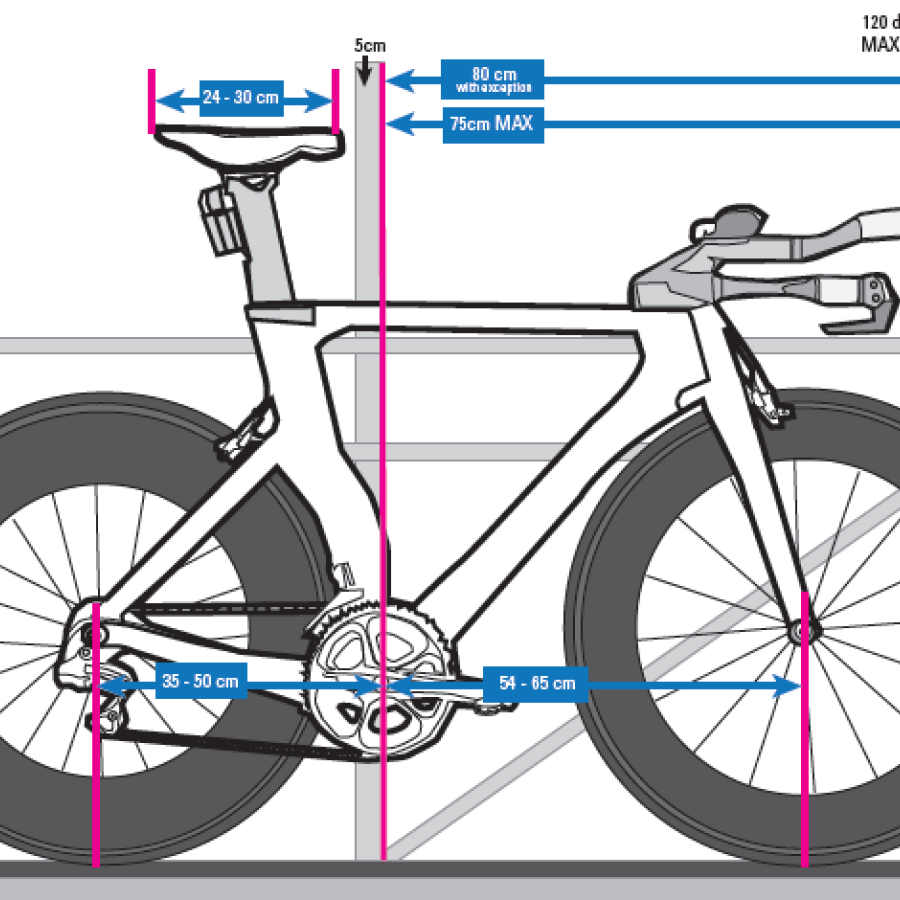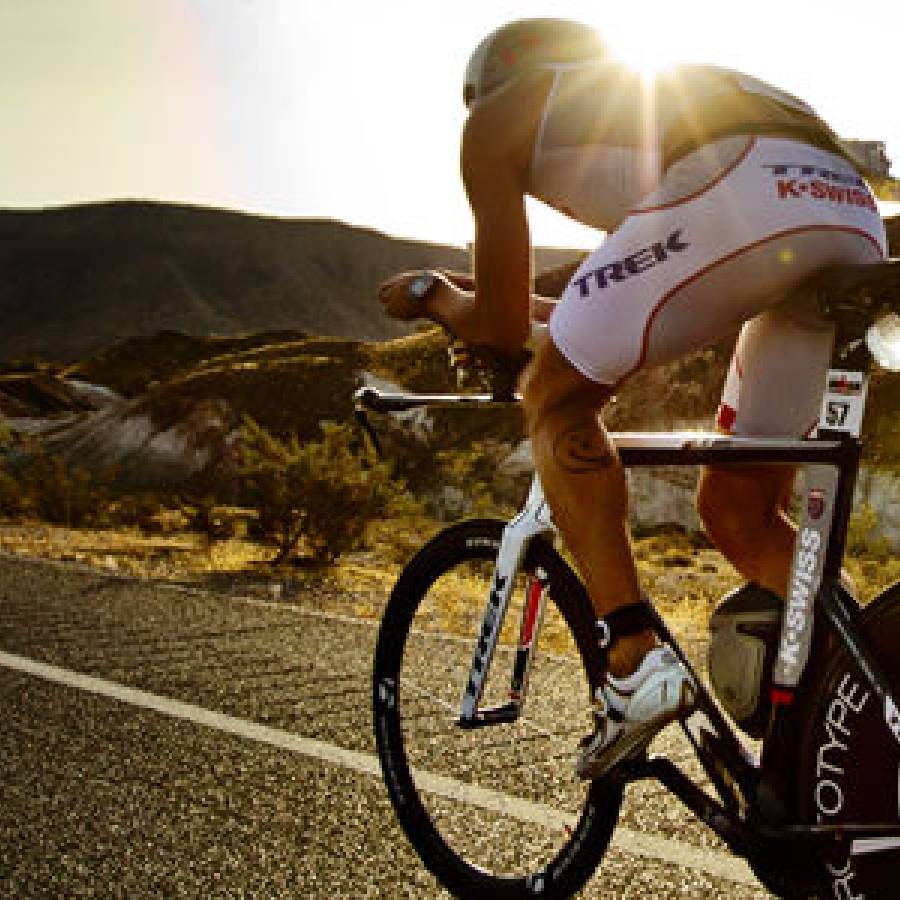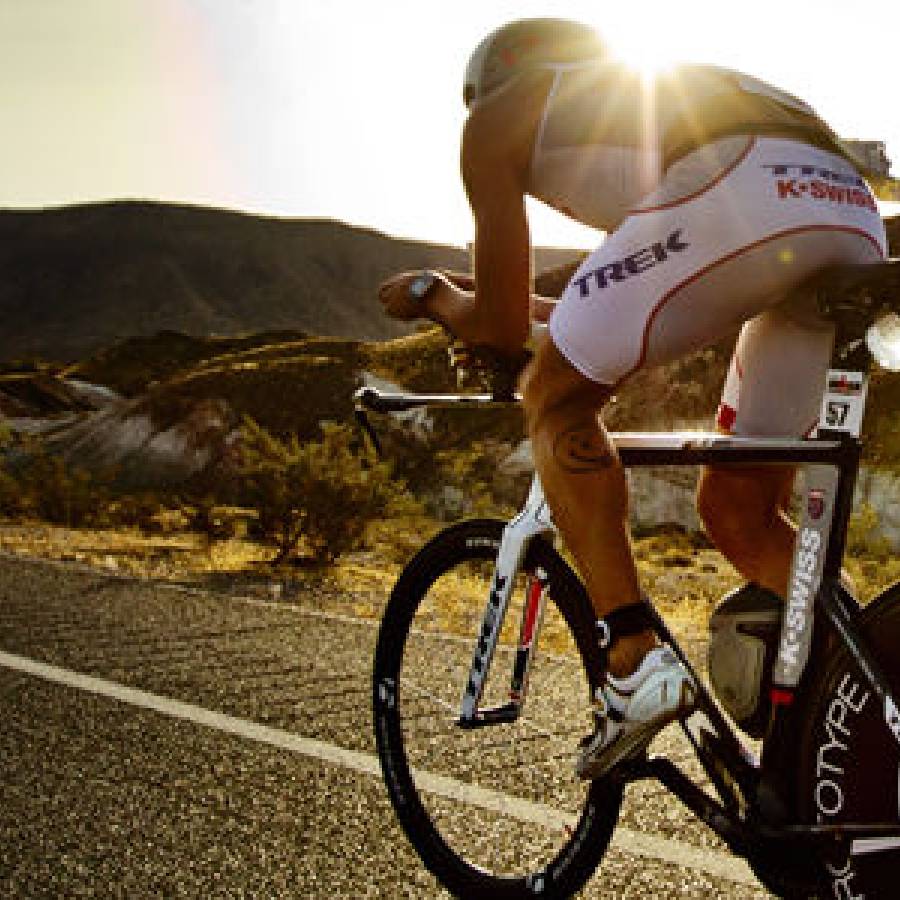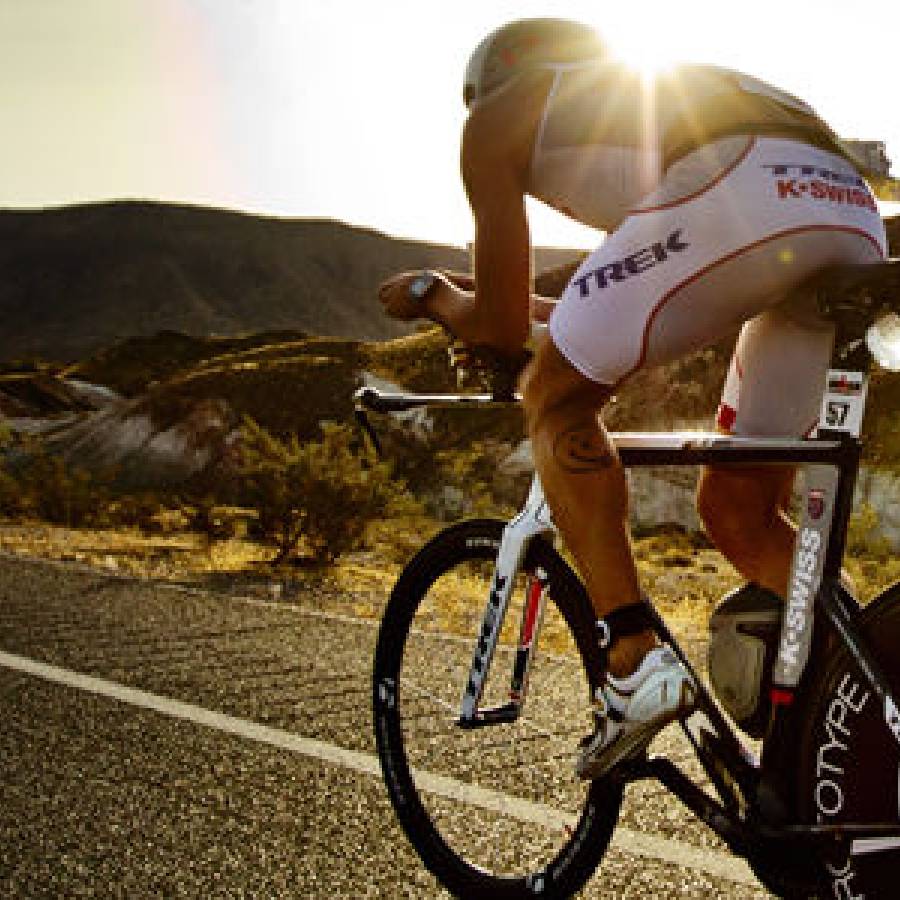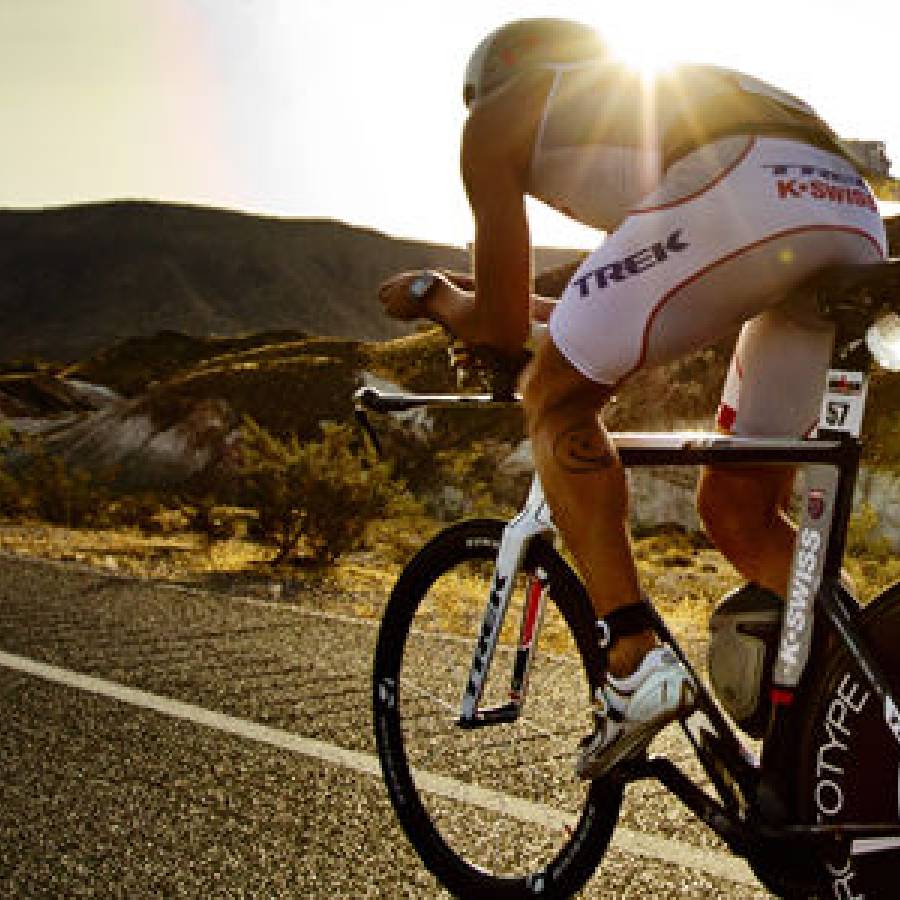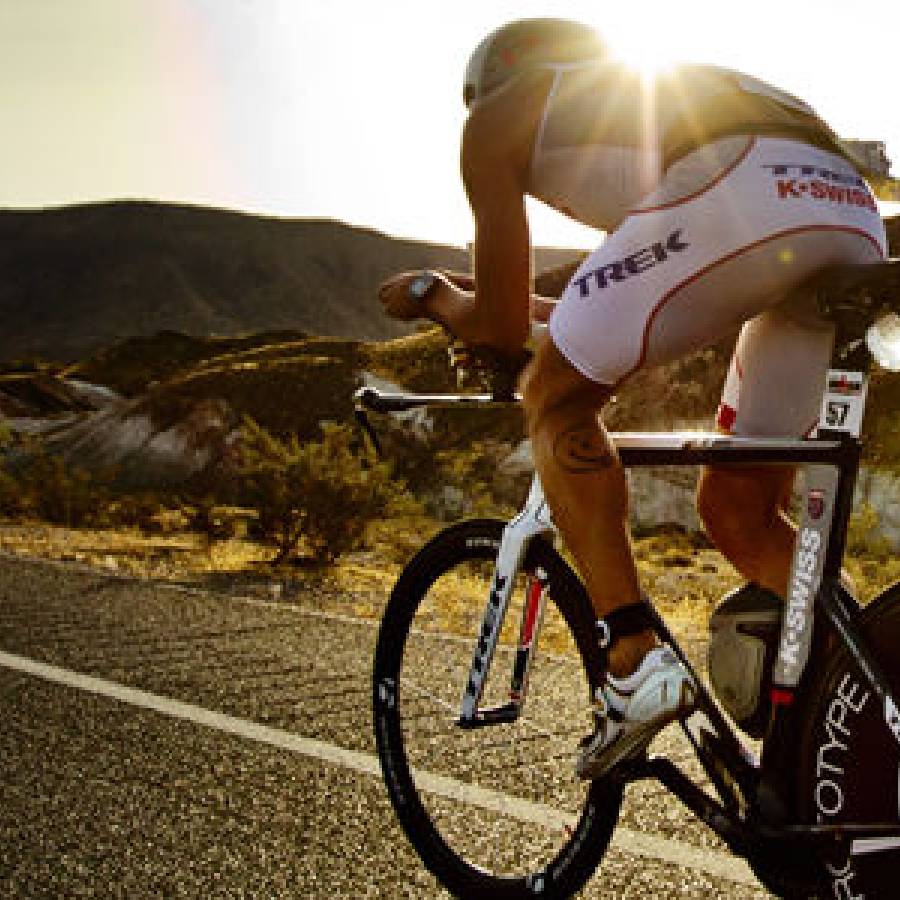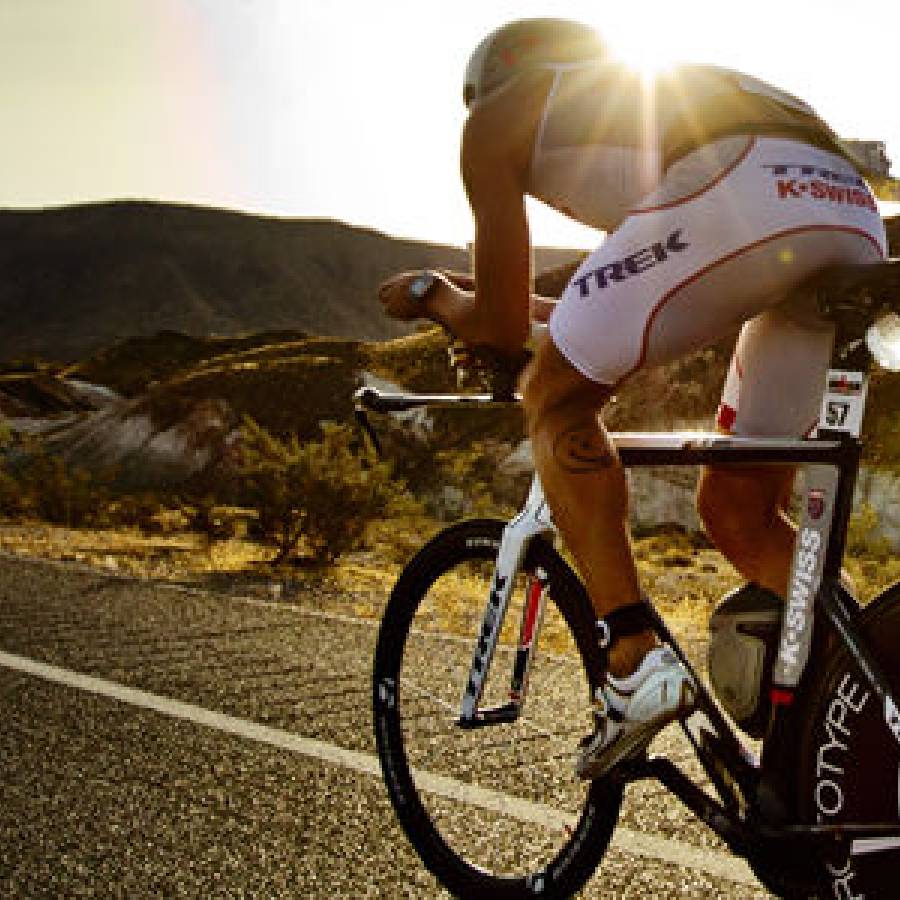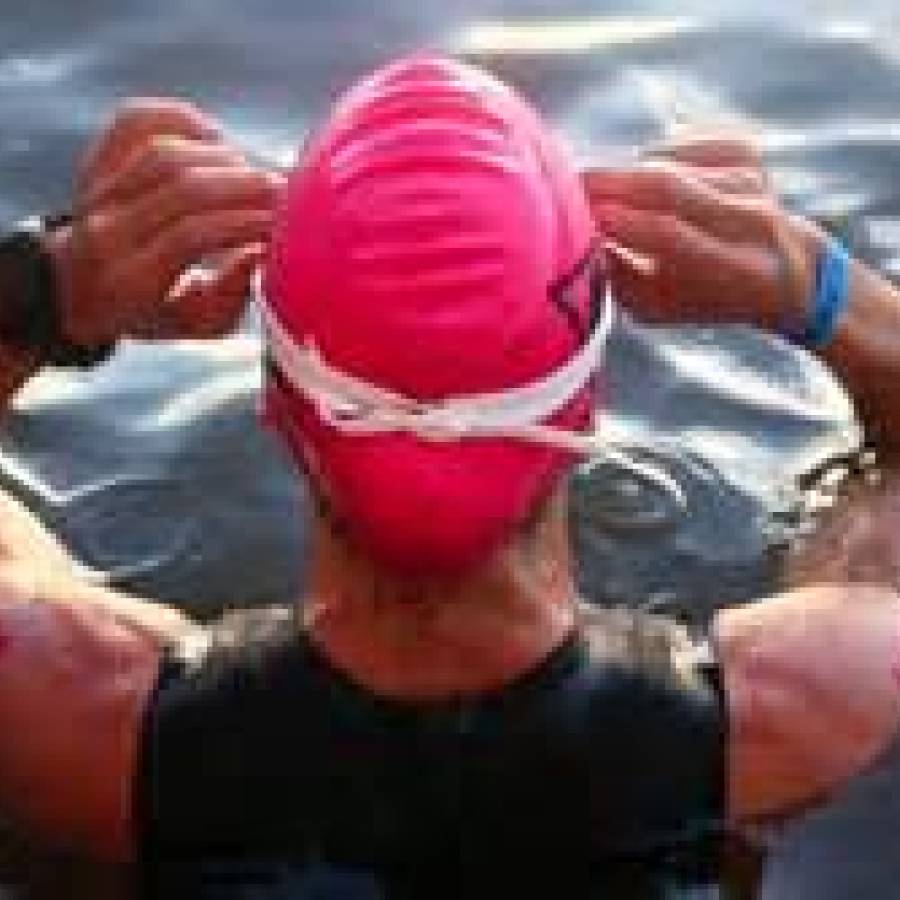All athletes should develop a complete fueling and hydration plan for their race. The plan should include what to eat and drink in the days leading up to the race, the morning of the race, and during the race. While I’m not a nutritionist, I have had ample education and experience with endurance event nutrition to offer up some suggestions. With this article, I’m sharing nutrition considerations for racing. Athletes that have issues or are unclear with the recommendations should consider developing this plan with an accredited sports nutritionist.
Carbohydrates reside in your body in the form of glucose or glycogen. They are stored in the muscles, blood stream, and liver. As your muscles burn the carbohydrates, your blood stream replenishes the muscles. As your bloodstream depletes the carbohydrates, the liver replenishes the bloodstream. Carbohydrate in your body are a lot like gas in your car’s gas tank; there’s a limited quantity. The goal in the days leading up to an event is to ensure muscle, bloodstream, and liver glycogen stores are full.
The carbohydrate loading pre-race window can vary depending on athlete’s metabolism but will typically be between 24 to 72 hours in duration. Races of different duration require different amounts of carbs.
- Sprint – Olympic Triathlon : 6- 8 grams of carbohydrate per Kg bodyweight
- Half-Full Ironman: 10-12 grams of carbohydrate per Kg bodyweight
The most recent research shows that carbohydrate intake at the higher end of the recommendations (i.e. 12 grams of carbohydrate per kg BW) for 24 to 36 hours in combination with exercise taper is just as efficient as 72 hours of carb-loading.
Carbo-loading suggestions:
- Simple carbohydrates provide the most readily available source of glycogen and should make up the bulk of the diet in the days leading into an event
- Complex carbohydrates with a lower glycaemic index score and with a high fiber content should be minimized
- The amount of fat in the diet should also be reduced in the days leading up to an event as fat can slow down gastric emptying and therefore interfere with carbohydrate absorption and glycogen storage.
- 24 hours before racing, athletes should consider the distribution of carbohydrates throughout the day. Breakfast should contain the most carbohydrate, whereas dinner should contain the smallest amount of carbohydrate. This pattern of intake ensures the body has sufficient time to digest, absorb, and store the carbohydrate as glycogen in the muscle and liver
- Consuming a large, carbohydrate-rich meal in the evening before an event could also interfere with sleep quality.
- Athletes should also continue to consume an adequate volume of fluid, hydrating regularly throughout the day. Urine should be pale throughout this period. Including some salty foods and/or adding salt to food to taste will also facilitate adequate hydration.
Pre-Race Nutrition suggestions. Select 1 of 3 depending on how early you wake up prior to the event. Do not do all 3.
- Option 1 - 3-4 Hours before: meal containing 3 – 4 grams of carbohydrate per kg bodyweight.
- Option 2 - 2-3 Hours before: meal containing 2 – 3 grams of carbohydrate per kg bodyweight.
- Option 3 - 60-90 minutes before: consume 1 – 1.5 grams of carbohydrate per kg bodyweight. Carbohydrates for this option should be mainly derived from liquid or semi-solid foods including carbohydrate-rich drinks, gels, chews, or energy bars.
To top off your carb stores, 10 to 15 minutes pre-race, consume 25-50g of carbohydrate in the form of a gel or chew.
Race Day Nutrition
Developing, practicing, and executing a fueling strategy for the race is as important as your physical training.
During the bike, an athlete should aim to consume:
- Minimum of 60-70 grams of carbohydrate per hour
- Maximum 90-120 grams of carbohydrate per hour
Starting 2-3 months before your event, use your training workouts to understand your digestive system tolerances. Note that in order to accurately determine your tolerances during training, you will need schedule workouts that replicate race day intensity. Select products with multiple carbohydrate sources including glucose, glucose polymers (such as maltodextrin and dextrose) and fructose.
Some of the information contained in this article came from the TriDot Coaching recertification material. In part 2 of this article, I‘ll share thoughts about the environmental conditions athletes may face on race day and how to adapt your race day nutrition.
Coach Tony is a TriDot coach with the following certifications; Ironman Certified Coach, USA Triathlon Certified Coach, Slowtwitch Power Cycling Coach, Certified Slowtwitch FIST Bike Fitter, Total Immersion and US Masters Swim Instructor. www.coach-tony.com

